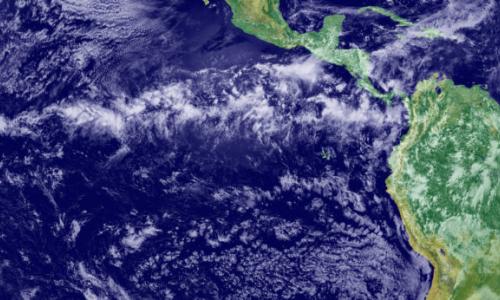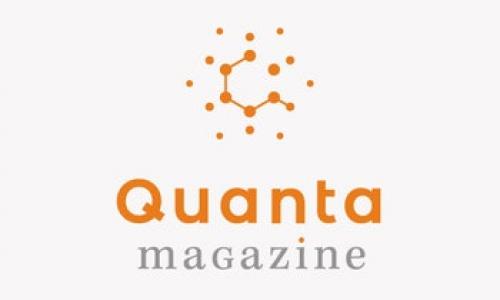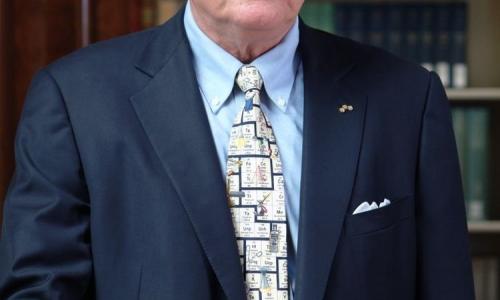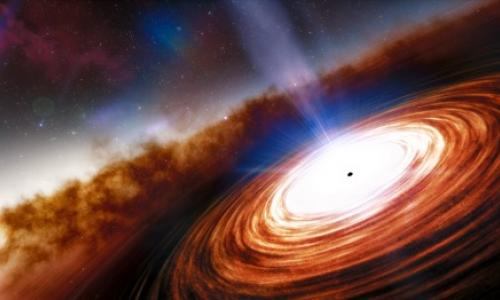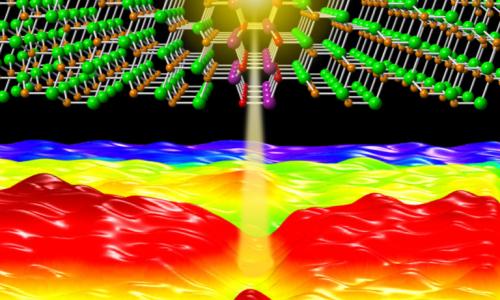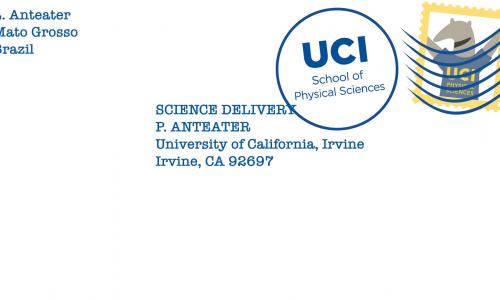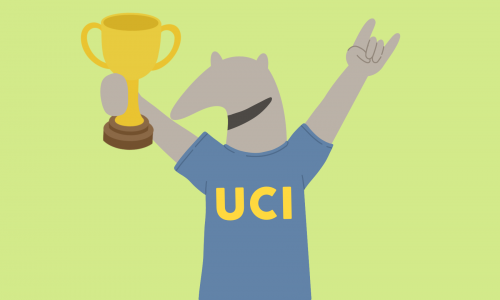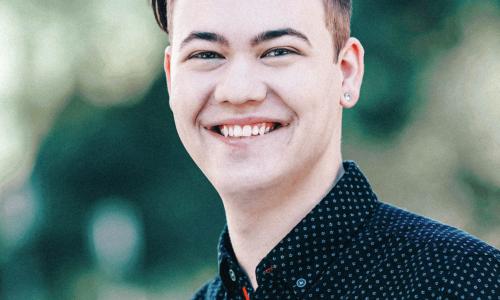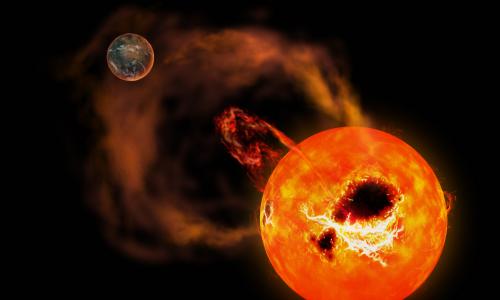newspage-events
UC Irvine scientists devise method for cities to measure greenhouse gas emissions
Jan 19, 2021
What is dark matter? It’s a question as alluring as it is perplexing. Just ask Rebecca Riley — or any of the participants in this new Compelling Conversations episode — who recounts what it’s like to…
Jan 18, 2021
Future climate change will cause a regionally uneven shifting of the tropical rain belt – a narrow band of heavy precipitation near the equator – according to researchers at the University of…
Jan 14, 2021
Long considered solved, David Hilbert’s question about seventh-degree polynomials is leading researchers to a new web of mathematical connections.
Jan 14, 2021
The University of California, Irvine has established a new graduate fellowship to benefit students pursuing advanced degrees in quantum science. The program was made possible through a $1 million…
Jan 12, 2021
A team of researchers including a UCI astronomer has discovered the most distant known quasar.
Jan 12, 2021
Human activities are disrupting and degrading Earth’s natural systems, thereby threatening the health and safety of both humans and many other species; the security of our food, energy, and water…
Jan 11, 2021
Often admired for their flawless appearance to the naked eye, crystals can have defects at the nanometer scale, and these imperfections may affect the thermal and heat transport properties of…
Jan 8, 2021
A video dispatch from the Amazon rainforest.
Jan 7, 2021
In an interview, the heads of UCI’s PACE mentoring program describe how the grant will help turn mentors into field-leading scientists.
Jan 7, 2021
A theory, designed by UCI chemists, provides a new way to model molecules. The method is akin to a "golden shortcut," leveraging the part of calculations that most existing theories get right, but skipping over the parts that create errors.
Jan 7, 2021
His work is helping Professor Rachel Martin in the Department of Chemistry look for mutations in the virus’ genetic sequence, which could lead to COVID-19 treatments.
Jan 7, 2021
New research helps astronomers tell the difference between a starspot and a distant exoplanet.


